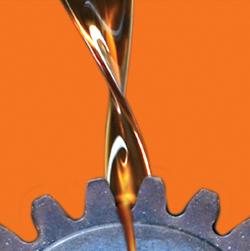The 2011 BMW ActiveHybrid 7 happens to be a hybrid that will never remind you of a Prius in virtually any shape or form. Gas efficiency is the thing that you think of when you think hybrid nevertheless the BMW hybrid is not that fuel efficient. The 2011 ActiveHybrid 7 is the most fuel-efficient of the 7-series model, but its power steering is turned off by the idle stop feature, and it doesn’t work well in stop-and-go traffic. It is a technological powerhouse, and the hybrid platform adds power and fuel efficiency but also adds quirks to your driving everyday.
Using an electric powered motor in a hybrid shows that the gas-powered motor is smaller but in the case of the BMW, it is not. Although the standard hybrid uses the energy generated by the electric motor to cut down fuel consumption, BMW uses it to make the car move faster. The 2011 BMW ActiveHybrid 7 contains a double turbo direct-injection 4.4-liter V-8 engine which is the same as the fundamental BMW 750i The only difference is definitely the electric powered motor that’s powered through the 120-volt lithium ion battery pack. This makes the gas economy of the ActiveHybrid 7 much better than the 750i, and with a lot more horsepower in addition.
A lot of hybrids have the capacity to switch to all-electric mode even so the ActiveHybrid 7 does not do that. Rather, the system will create some boost during acceleration and the engine will shut down at a stop which is like the Integrated Motor Assist System of the Honda. When you are in the driver’s seat, you won’t even know that you are in a hybrid, but it has a blue area in the fuel gauge, which shows when the car is having electricity regenerated by its momentum. Once you arrive at a stoplight, you will know it’s a hybrid because the engine will go quiet and the tachometer drops to zero. Taking into consideration the size of the engine, it is shocking how smooth the engine comes back to life, when you take your foot off of the brake.
When you are waiting at a traffic light that is really prolonged, that is when the idle stop system works well, but not quite as well in stop-and-go traffic. The car will tend to shut down for 5 seconds at a time which can end up getting irritating after awhile. In addition, it takes getting used to the level of power, because the vehicle lunges forward with the slightest touch of the accelerator. Just how the car was created, it is not a green car but rather a car that uses the hybrid system to add more power while improving fuel efficiency somewhat.
The 2011 BMW ActiveHybrid 7 comes with the greatest gas mileage in the BMW 7 series family but it only gets 20 miles per gallon. That is good mileage for a top end luxury car but that is not really very good as a hybrid.
You can also read other subjects Craig writes on at medical billing and coding as well as medical billing and coding salary to see how much a medical biller makes.




